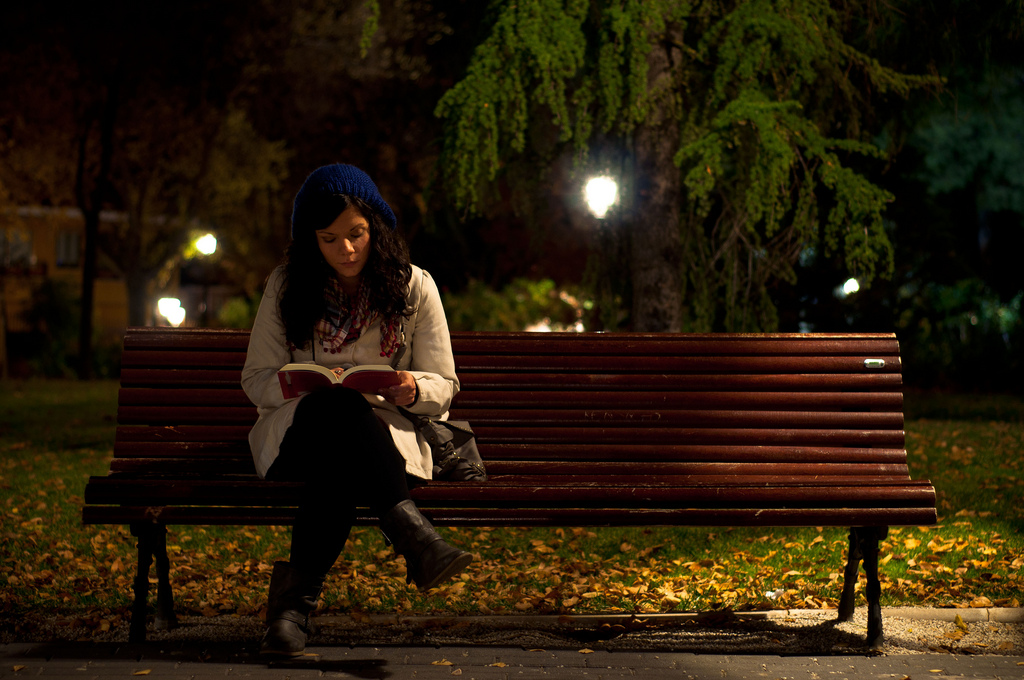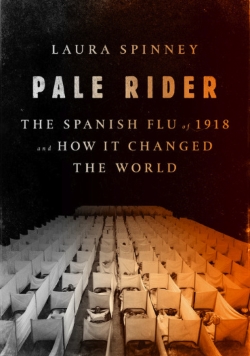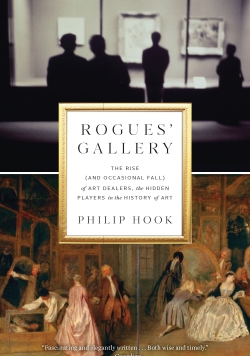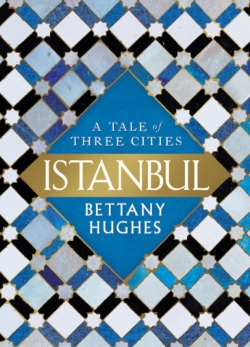Time To Start Reading Again
 I know none of us wants to admit it, but fall is coming fast and pretty soon it won’t be acceptable to act like the big dummy you’ve been all summer. I don’t like it either, but for whatever reason nobody seems to think it’s as charming when you’re an idiot after Labor Day. Maybe you should read something so you can sound smart? It probably also wouldn’t hurt to crank up the old brain up a little bit anyway. I mean, maybe you don’t need to. Maybe you spent your whole summer reading nuclear reactor technical manuals. But I bet you mostly used the intellect God gave you to make important contributions to the ongoing online conversation about the elf incest show. It’s okay. Here are a few books I have enjoyed recently that I think you might also appreciate. Order now and come October you’ll sound like a genius for long enough to fool whoever around you is also pretending to be smart too.
I know none of us wants to admit it, but fall is coming fast and pretty soon it won’t be acceptable to act like the big dummy you’ve been all summer. I don’t like it either, but for whatever reason nobody seems to think it’s as charming when you’re an idiot after Labor Day. Maybe you should read something so you can sound smart? It probably also wouldn’t hurt to crank up the old brain up a little bit anyway. I mean, maybe you don’t need to. Maybe you spent your whole summer reading nuclear reactor technical manuals. But I bet you mostly used the intellect God gave you to make important contributions to the ongoing online conversation about the elf incest show. It’s okay. Here are a few books I have enjoyed recently that I think you might also appreciate. Order now and come October you’ll sound like a genius for long enough to fool whoever around you is also pretending to be smart too.
 Pale Rider: The Spanish Flu of 1918 and How It Changed the World by Laura Spinney: The now-requisite “how it changed the world” clause does this book a disservice; there are a few too many “possibly”s and “probably”s and “if you look hard”s for some kind of definitive statement. In any event it is unnecessary: The flu of 1918 killed between 50 and 100 million people depending on what estimate you use, of course it changed the world. Spinney’s book is intensely readable, and instead of a strictly chronological account she circles around history, epidemiology and culture to give a panoramic portrait of the previous century’s most deadly pandemic. We are probably due another one of these any day now, this is a great way to see what the future holds.
Pale Rider: The Spanish Flu of 1918 and How It Changed the World by Laura Spinney: The now-requisite “how it changed the world” clause does this book a disservice; there are a few too many “possibly”s and “probably”s and “if you look hard”s for some kind of definitive statement. In any event it is unnecessary: The flu of 1918 killed between 50 and 100 million people depending on what estimate you use, of course it changed the world. Spinney’s book is intensely readable, and instead of a strictly chronological account she circles around history, epidemiology and culture to give a panoramic portrait of the previous century’s most deadly pandemic. We are probably due another one of these any day now, this is a great way to see what the future holds.
 Rogues’ Gallery The Rise (and Occasional Fall) of Art Dealers, the Hidden Players in the History of Art by Philip Hook: This is an interesting way to look at art, and one that is easily accessible to the general reader who might not know a ton about the specific movements it covers. Each chapter focuses on individual or rival dealers, providing a little bit of a history lesson and a little bit of an art lesson, but mostly a lesson in the psychology of value. Hook may occasionally overstate his case for the dealers’ role in the development of each succeeding school of art, but it is an always fascinating glimpse at the money behind the scenes and the very real ways in which it did shape things.
Rogues’ Gallery The Rise (and Occasional Fall) of Art Dealers, the Hidden Players in the History of Art by Philip Hook: This is an interesting way to look at art, and one that is easily accessible to the general reader who might not know a ton about the specific movements it covers. Each chapter focuses on individual or rival dealers, providing a little bit of a history lesson and a little bit of an art lesson, but mostly a lesson in the psychology of value. Hook may occasionally overstate his case for the dealers’ role in the development of each succeeding school of art, but it is an always fascinating glimpse at the money behind the scenes and the very real ways in which it did shape things.
 Night Thoughts, by Wallace Shawn: If you aren’t familiar with Shawn’s prose this slim essay on who has what and why is a terrific introduction. Every seeming digression or repetition is really a marker laid down to be collected later on. This is a provocative piece that never makes you feel like you are being unnecessarily provoked, which means it is all the more effective.
Night Thoughts, by Wallace Shawn: If you aren’t familiar with Shawn’s prose this slim essay on who has what and why is a terrific introduction. Every seeming digression or repetition is really a marker laid down to be collected later on. This is a provocative piece that never makes you feel like you are being unnecessarily provoked, which means it is all the more effective.

Istanbul: A Tale of Three Cities, by Bettany Hughes: A stunning series of short (many no more than four or five pages) chapters, Hughes’ 6000-year tour of Byzantium, Constantinople and Istanbul is the kind of history that rewards existing knowledge while functioning perfectly well for the reader who brings little in the way of previous experience of the ancient world to the book. The pages are dense with information yet the work is never overbearing; you finish every chapter feeling smarter and, even more importantly, newly curious.
 Border: A Journey to the Edge of Europe, by Kapka Kassabova: This may very well be the best book I’ve read this decade. I don’t want to say too much about it but its publisher calls it “a scintillating, immersive travel narrative that is also a shadow history of the Cold War, a sideways look at the migration crisis troubling Europe, and a deep, witchy descent into interior and exterior geographies,” all of which is true but doesn’t quite capture the magic with which Kassabova keeps you in thrall throughout. Please read this book, I have a hard time imagining how anyone I’d want to know could be disappointed by it.
Border: A Journey to the Edge of Europe, by Kapka Kassabova: This may very well be the best book I’ve read this decade. I don’t want to say too much about it but its publisher calls it “a scintillating, immersive travel narrative that is also a shadow history of the Cold War, a sideways look at the migration crisis troubling Europe, and a deep, witchy descent into interior and exterior geographies,” all of which is true but doesn’t quite capture the magic with which Kassabova keeps you in thrall throughout. Please read this book, I have a hard time imagining how anyone I’d want to know could be disappointed by it.
Top photo: Oleg Zaytsev
